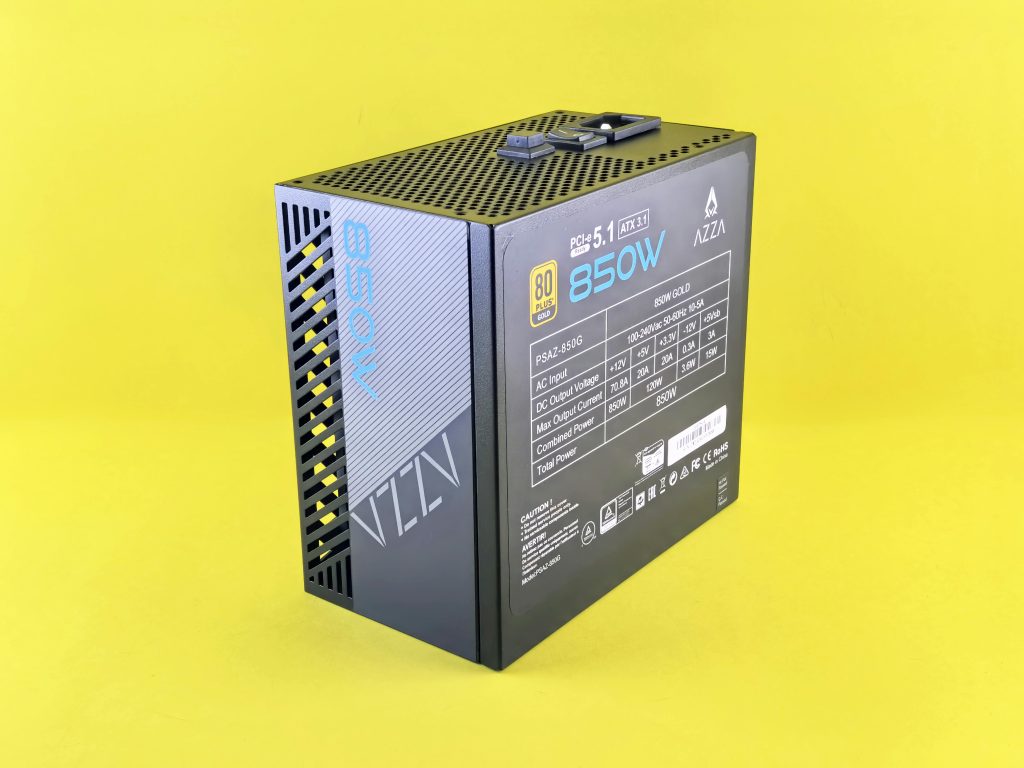Understanding and Resolving Memory Integrity Issues in Core Isolation: Troubleshooting Incompatible Drivers
Core Isolation, a security feature within Windows, offers additional protection by isolating core processes to prevent malware from compromising essential system functions. A key component of Core Isolation is Memory Integrity, which ensures that drivers are verified to be compatible and safe. However, users sometimes encounter difficulties identifying and removing incompatible drivers associated with Memory Integrity issues. This article guides you through understanding these problems and offers practical solutions for resolution.
Recognizing the Problem
Many Windows users may receive notifications or notices indicating that Memory Integrity is unable to be enabled or that incompatible drivers are preventing core isolation from functioning correctly. Sometimes, these issues manifest without providing clear details about the problematic driver, making troubleshooting more challenging.
Challenges in Identifying Incompatible Drivers
A common step in resolving driver-related issues involves using Device Manager to identify installed drivers. By switching views to “Devices by driver name,” users can often locate associated drivers and determine their statuses. However, certain incompatible drivers may not display with detailed information or may not appear in Device Manager at all. This omission complicates efforts to locate and uninstall problematic drivers.
Typical Troubleshooting Approach
-
Open Device Manager: Access Device Manager via the Start menu or Run dialog (
Win + R, then typedevmgmt.msc). -
Adjust View Settings: Click on the ‘View’ menu and select ‘Devices by driver name’ to organize drivers alphabetically.
-
Identify Drivers: Review the list to find drivers that might be causing issues—these often have warning symbols or error codes.
-
Check Driver Details: Right-click on a driver, select ‘Properties,’ then navigate to the ‘Driver’ tab to view further information.
In situations where the incompatible driver does not appear or lacks detailed info, additional steps are necessary.
Strategies for Finding and Removing the Incompatible Driver
-
Use System Information Tools:
Runmsinfo32(System Information) to examine driver details and system components. Under ‘Software Environment’ > ‘Drivers,’ you might find entries related to the problematic driver. -
Check Windows Event Viewer:
Access Event Viewer (eventvwr.msc) to look for logs related to driver issues or core isolation conflicts. These logs may provide clues about the driver’s identity. -
Update or Roll Back Drivers:
If the driver is associated with a specific device, update drivers through
Share this content:



